New Skills. Old ways.
Kettle And Canyon represents my way of life.
The kettle references teaching myself to pressure can, learning wild game recipes,
and how to cook all usable parts of an animal. The canyon represents the land where
I am learning to hunt big game and fly fish.
Kettle And Canyon is my experience in the Rocky Mountains.
The kettle references teaching myself to pressure can, learning wild game recipes,
and how to cook all usable parts of an animal. The canyon represents the land where
I am learning to hunt big game and fly fish.
Kettle And Canyon is my experience in the Rocky Mountains.

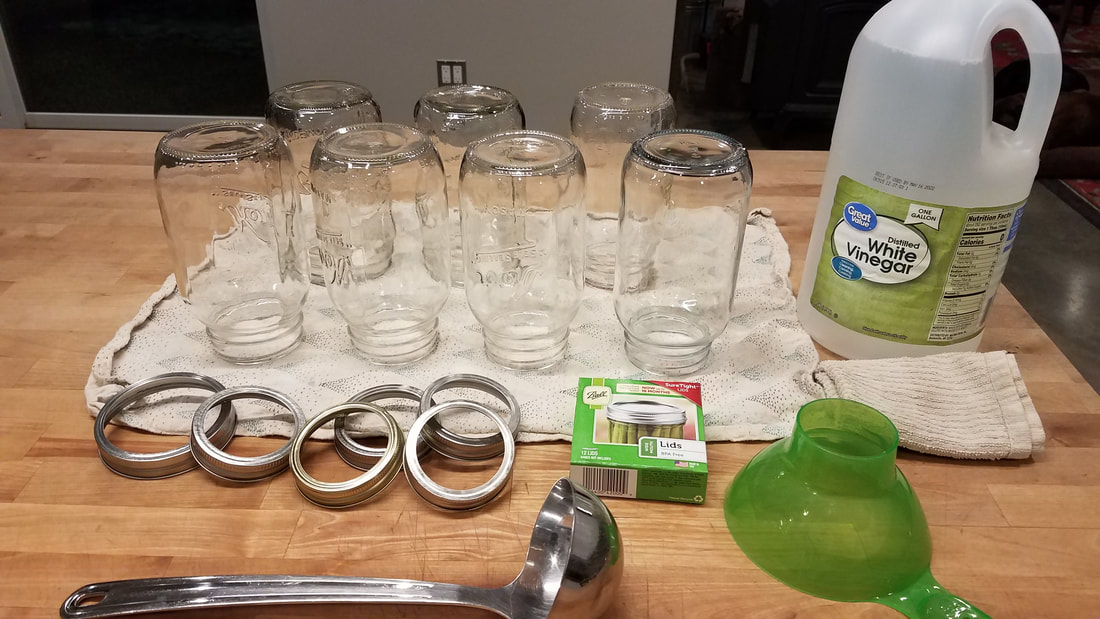
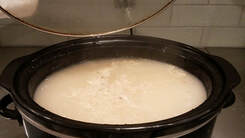
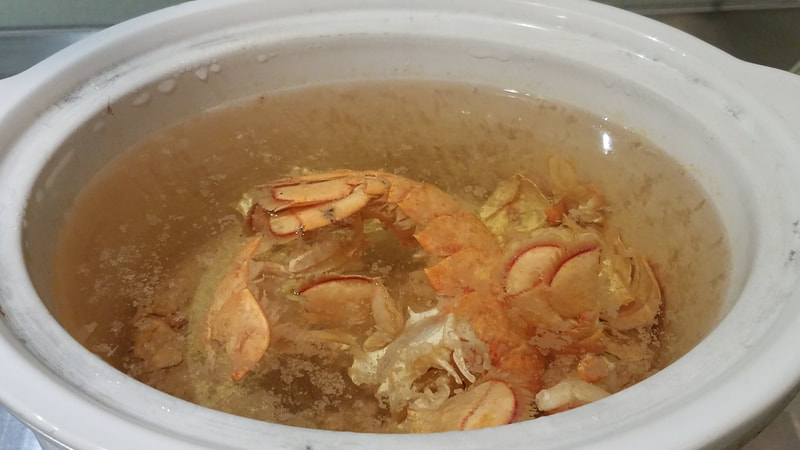
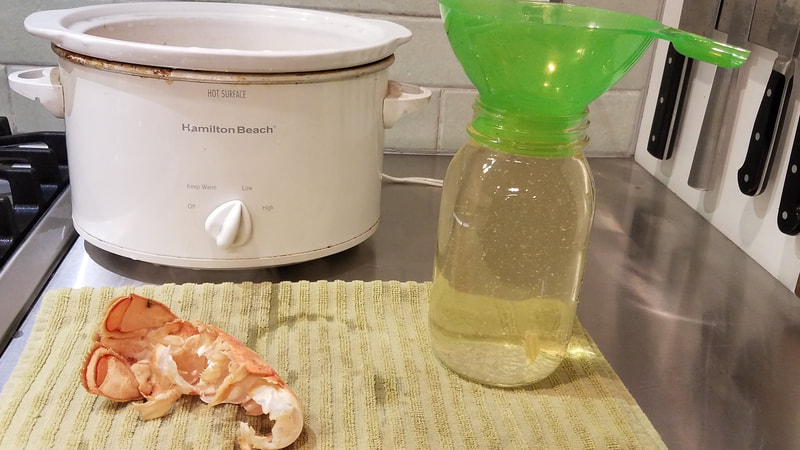
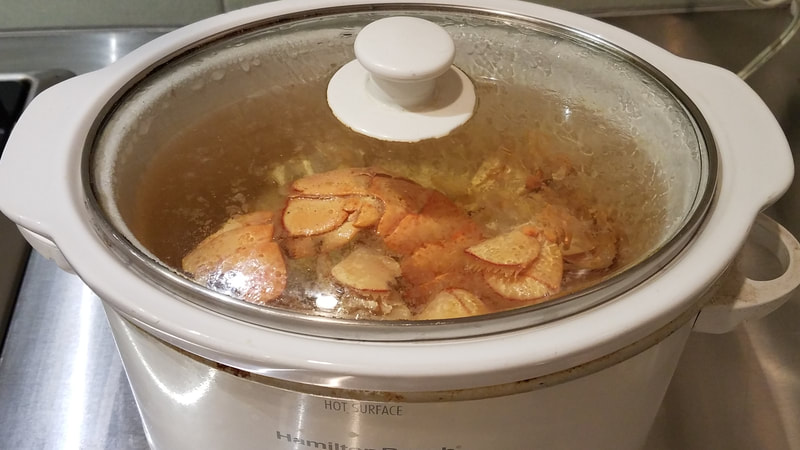
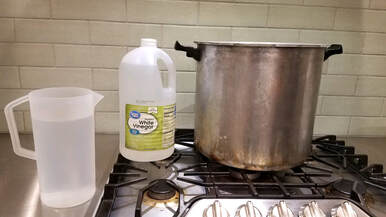
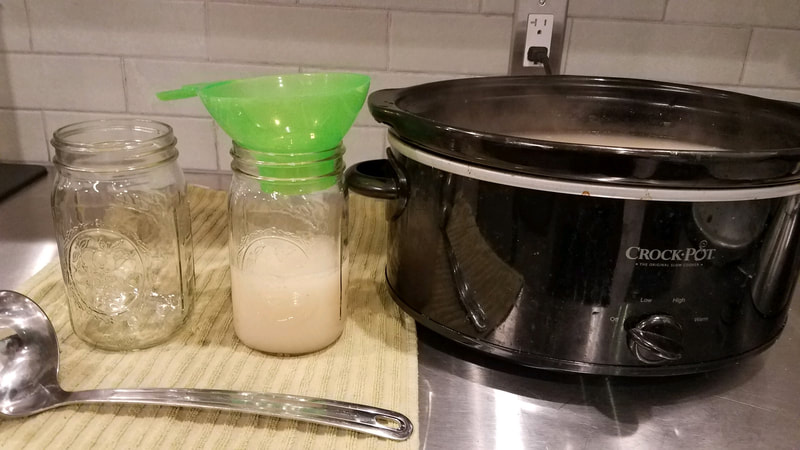

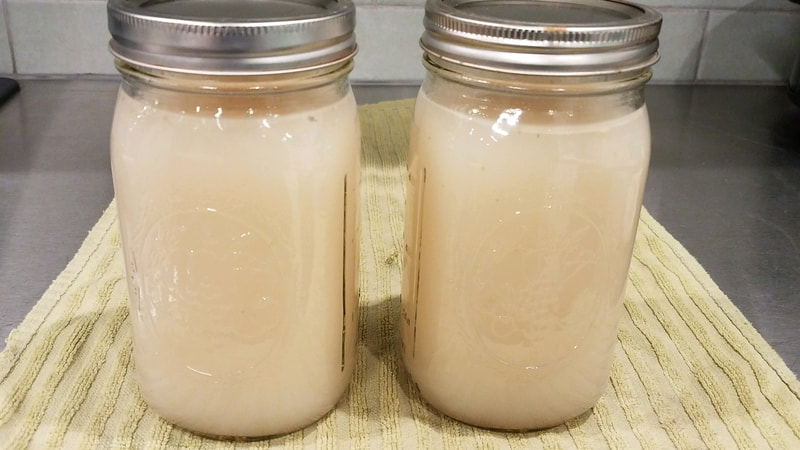
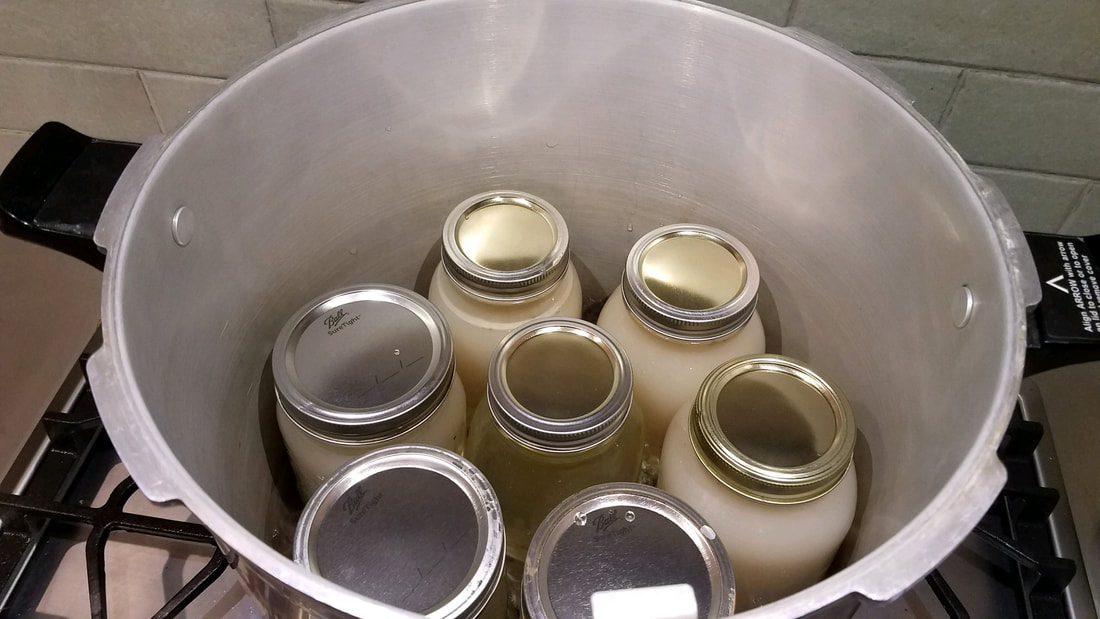
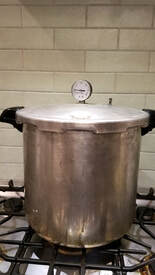
 RSS Feed
RSS Feed
